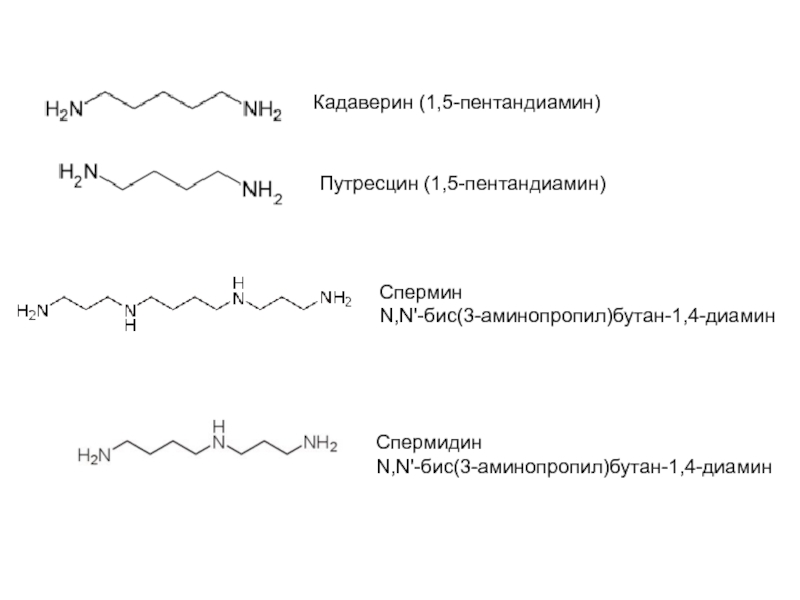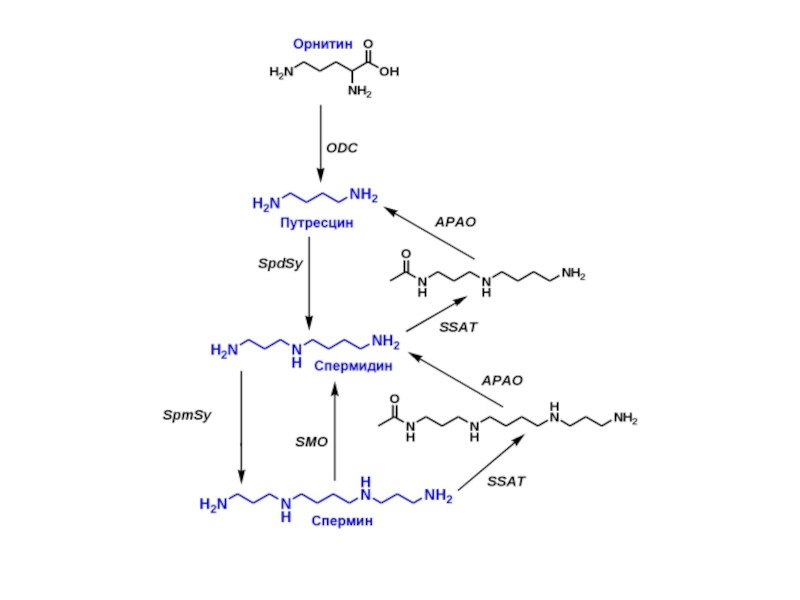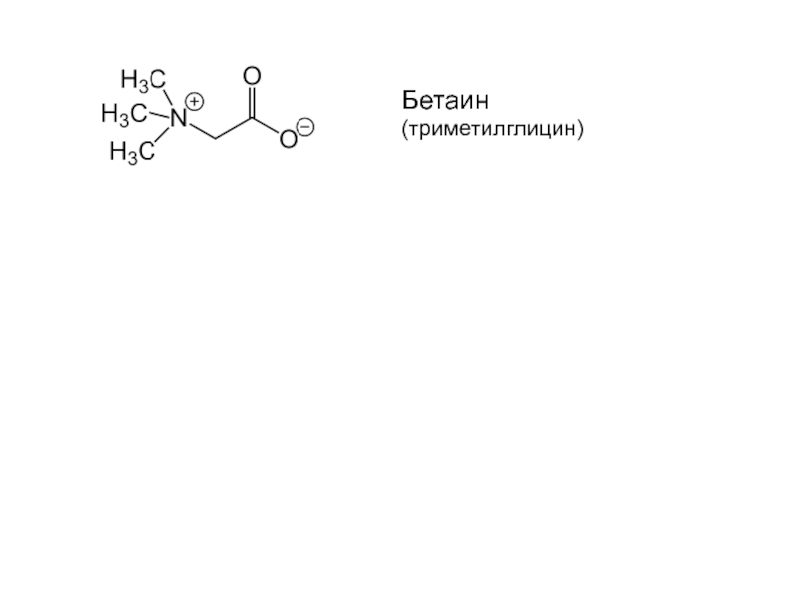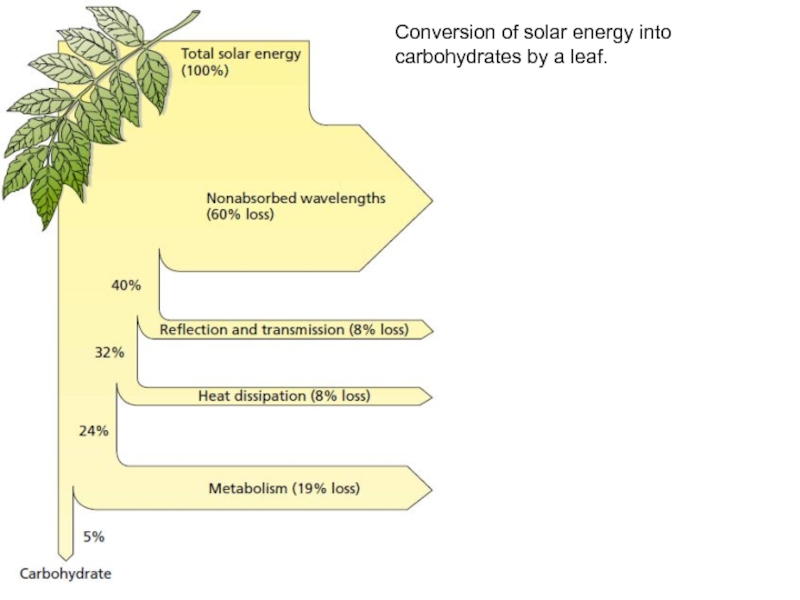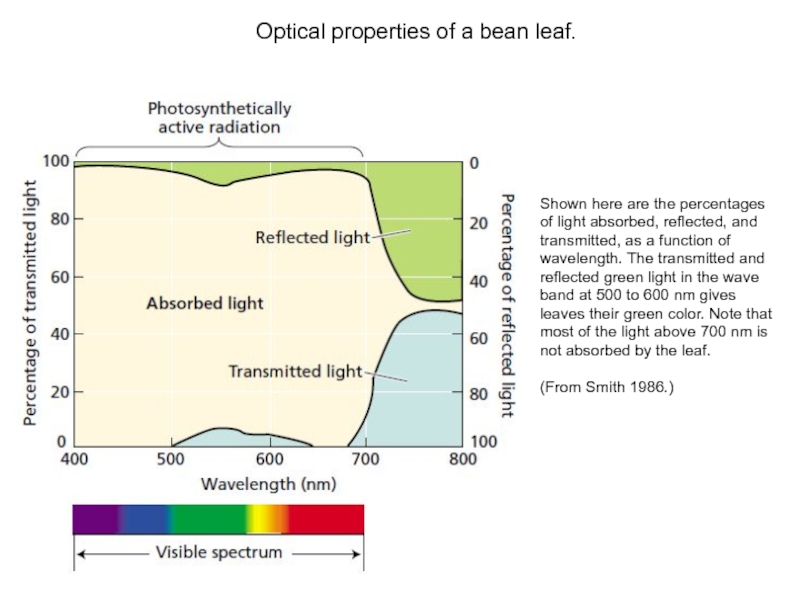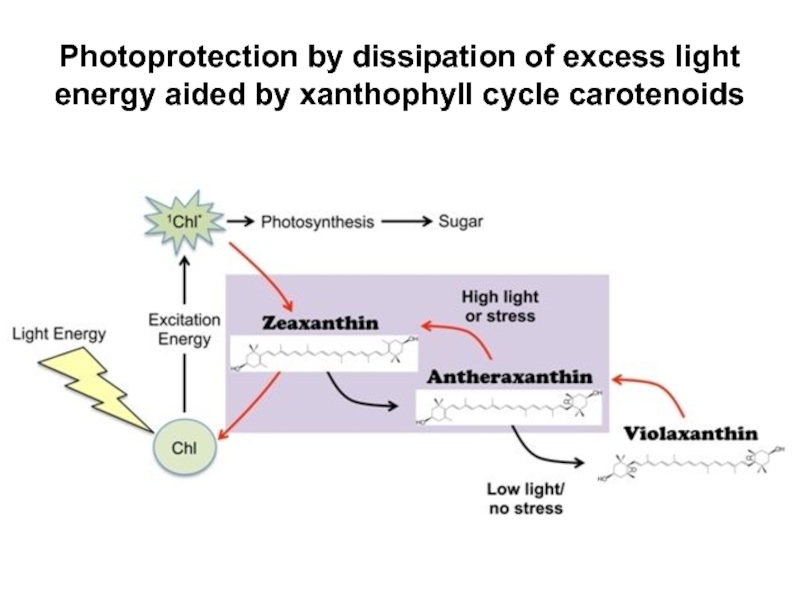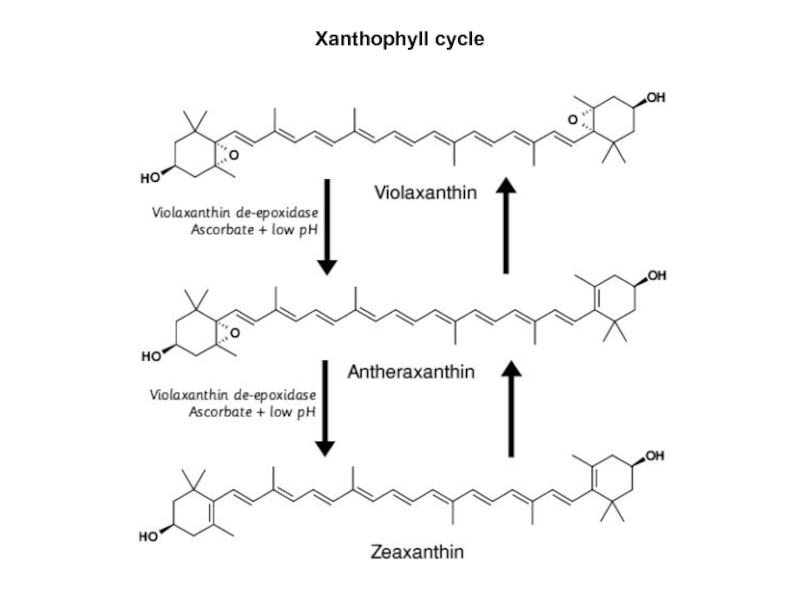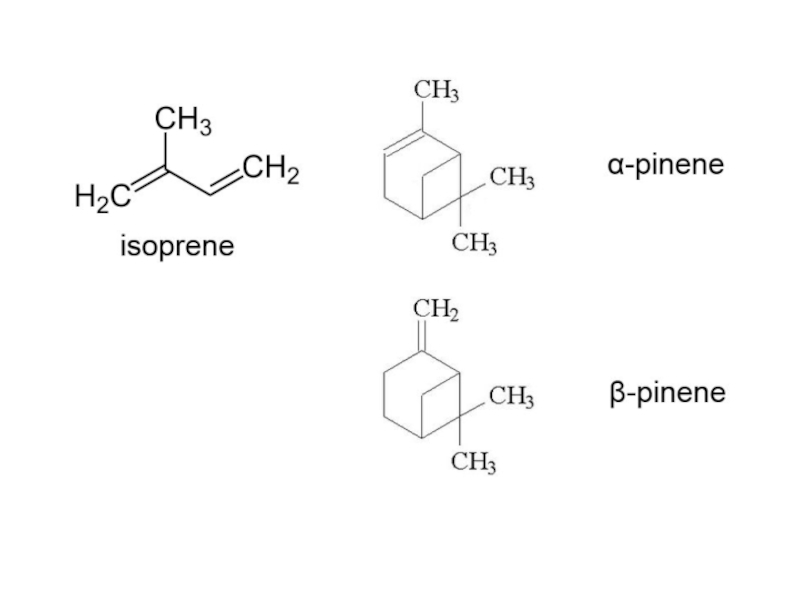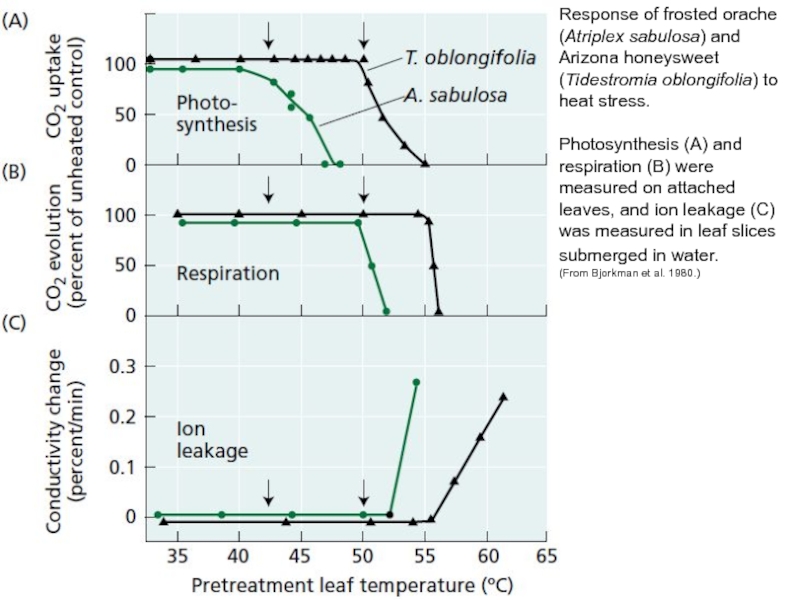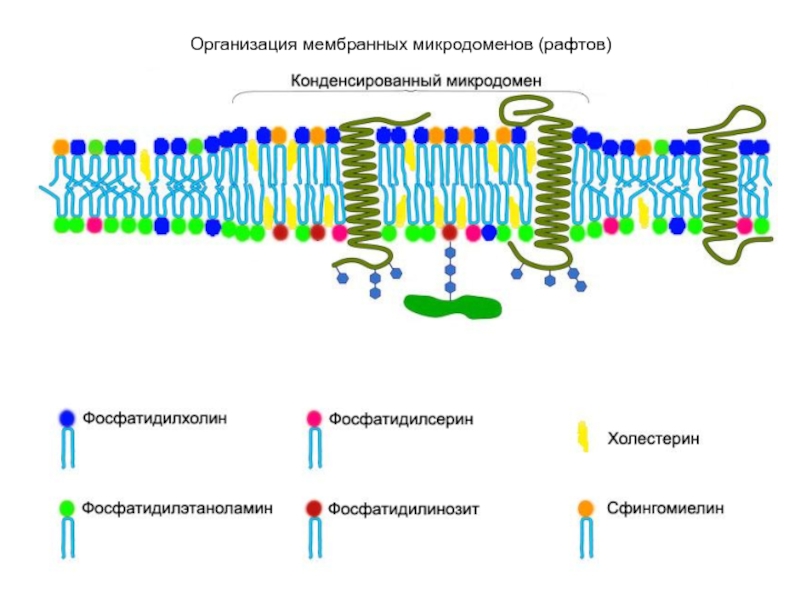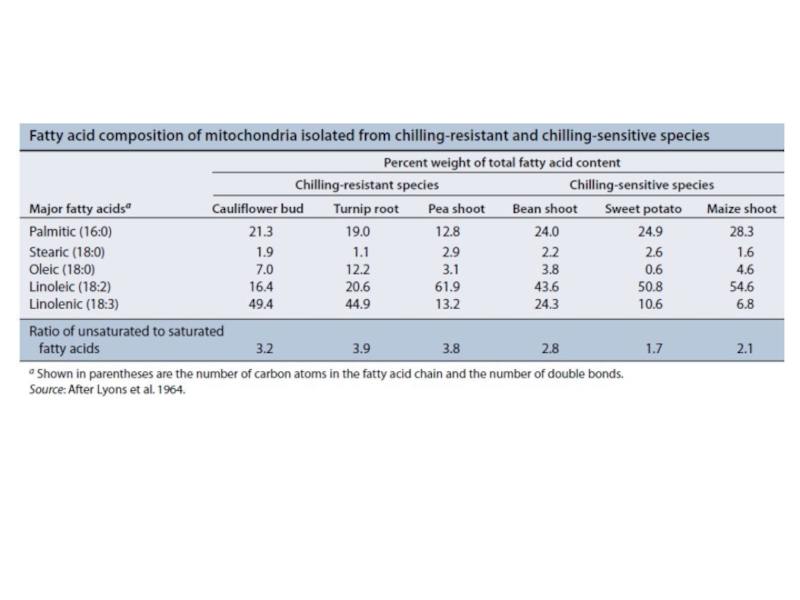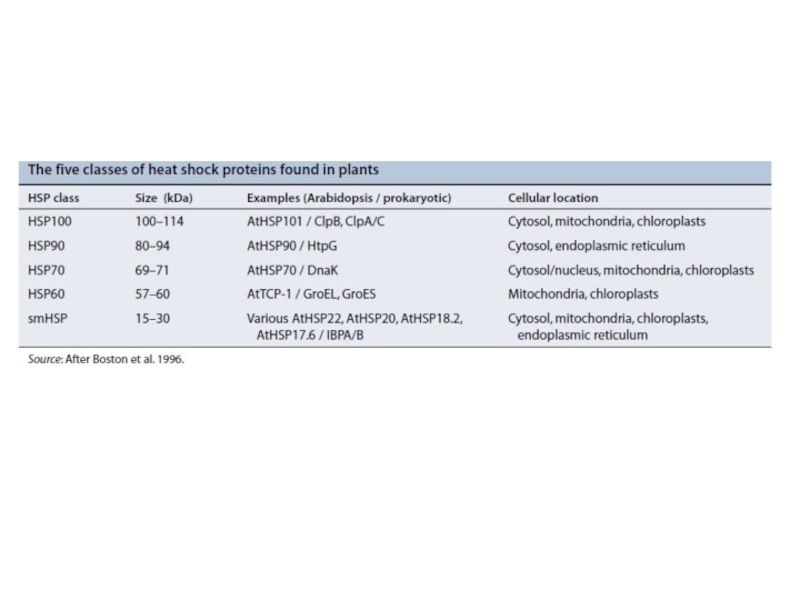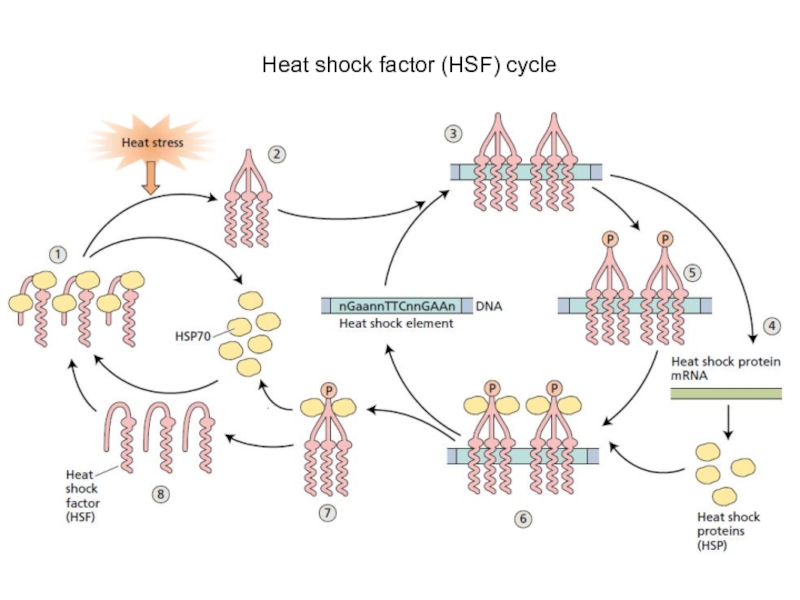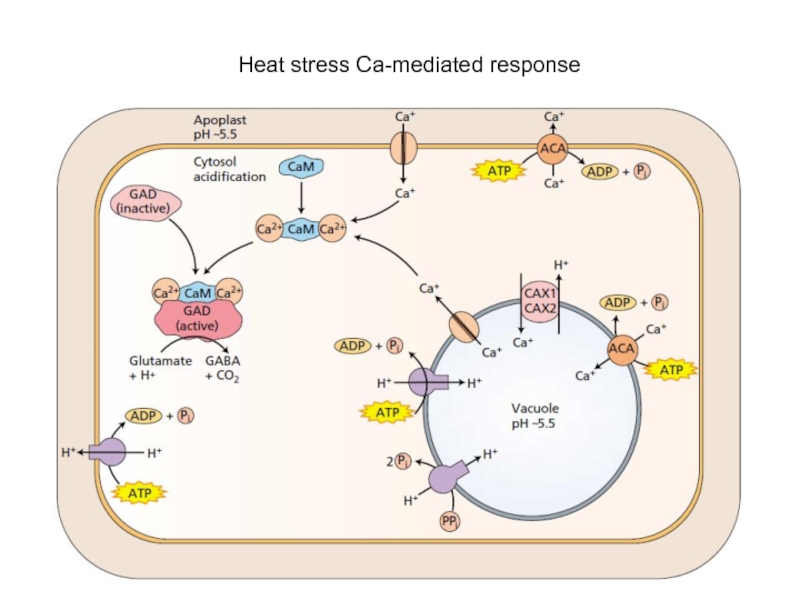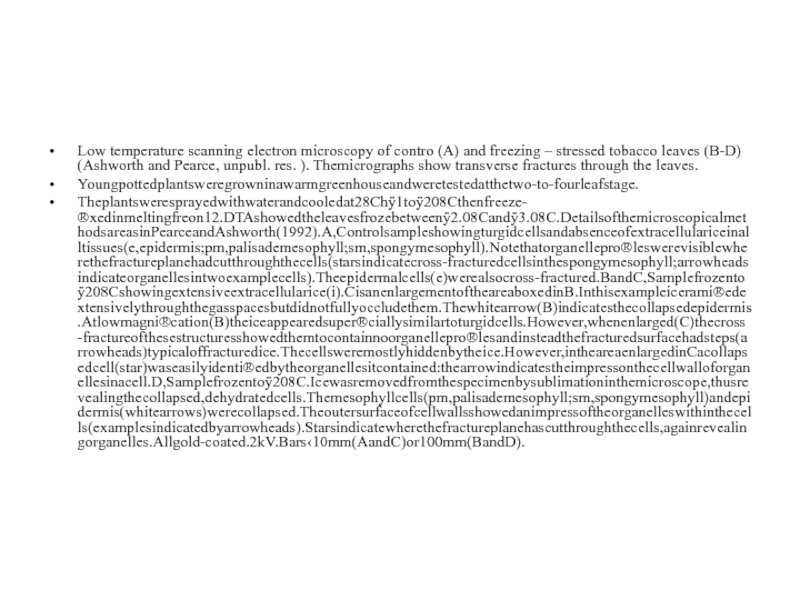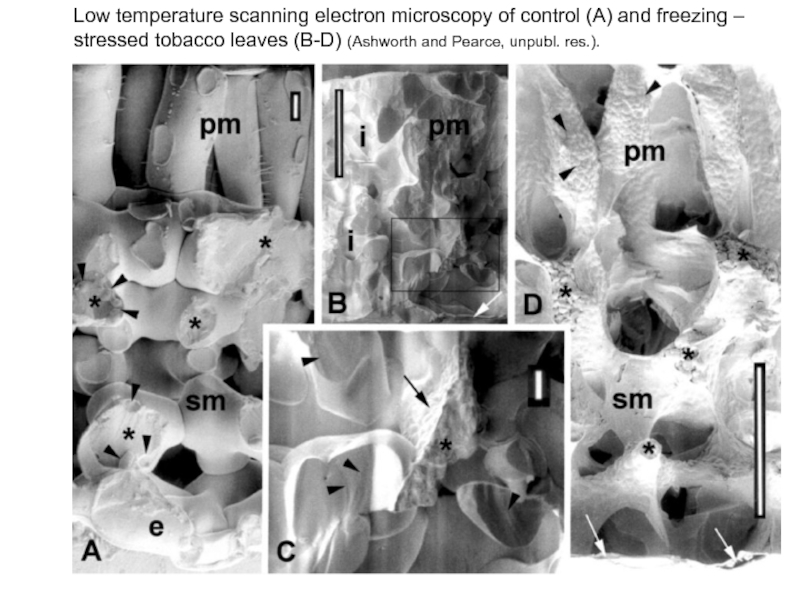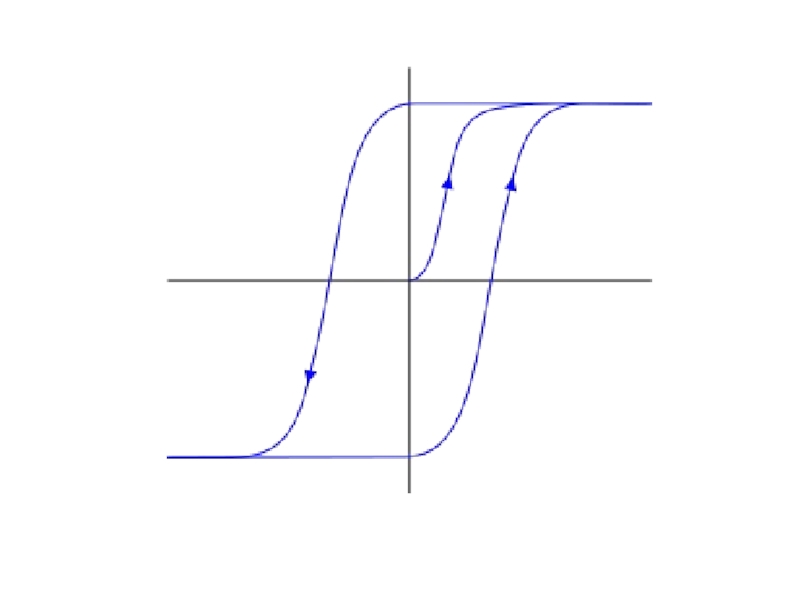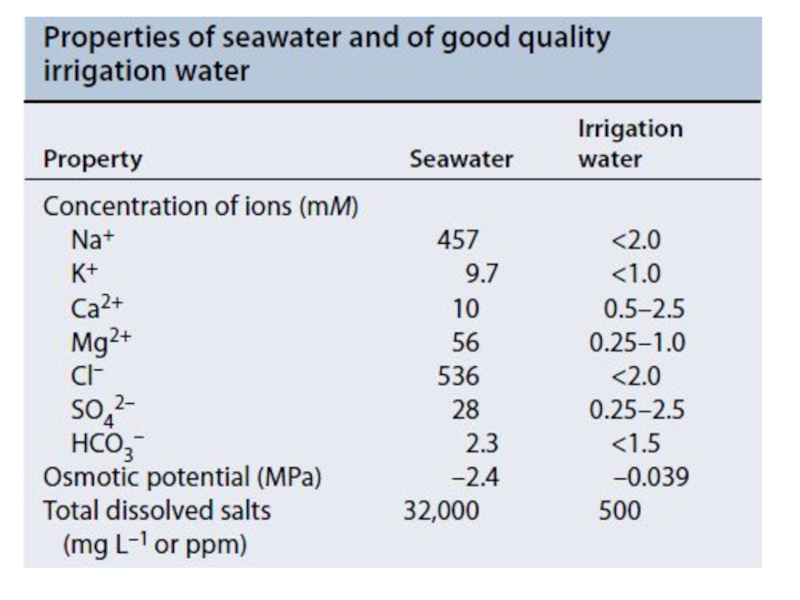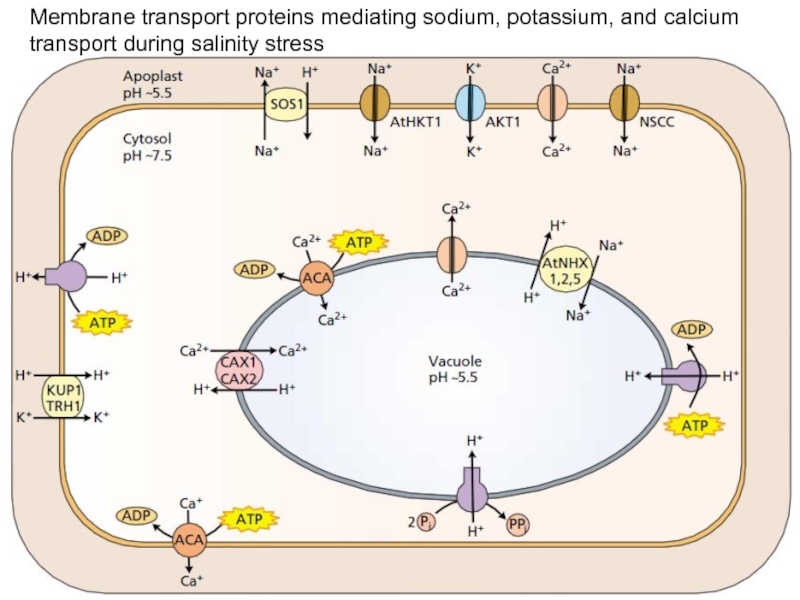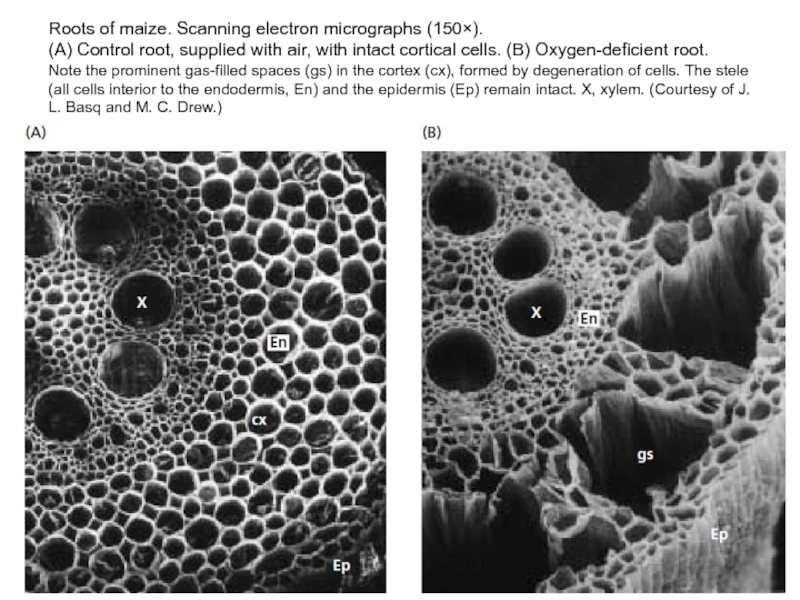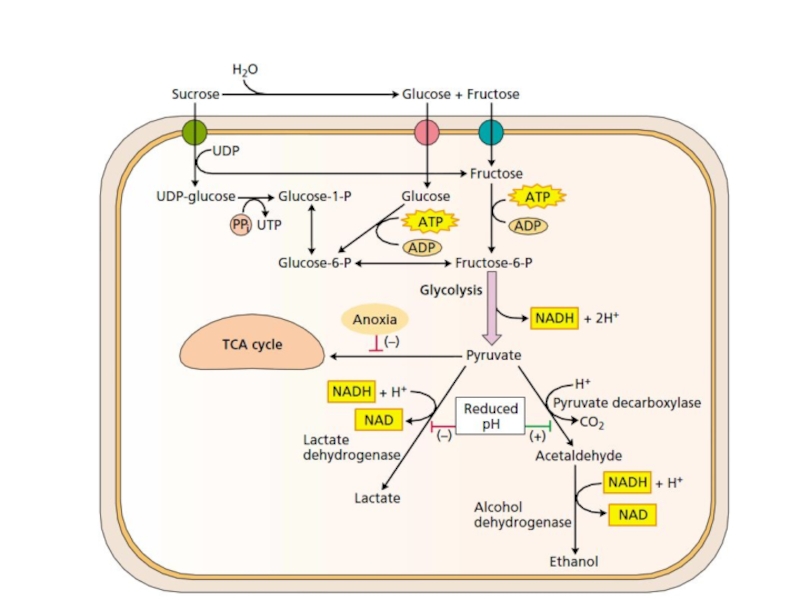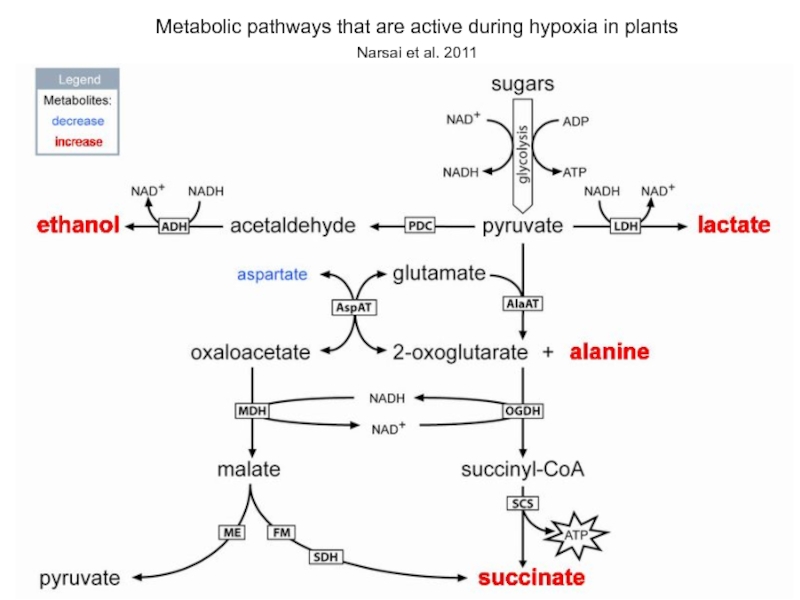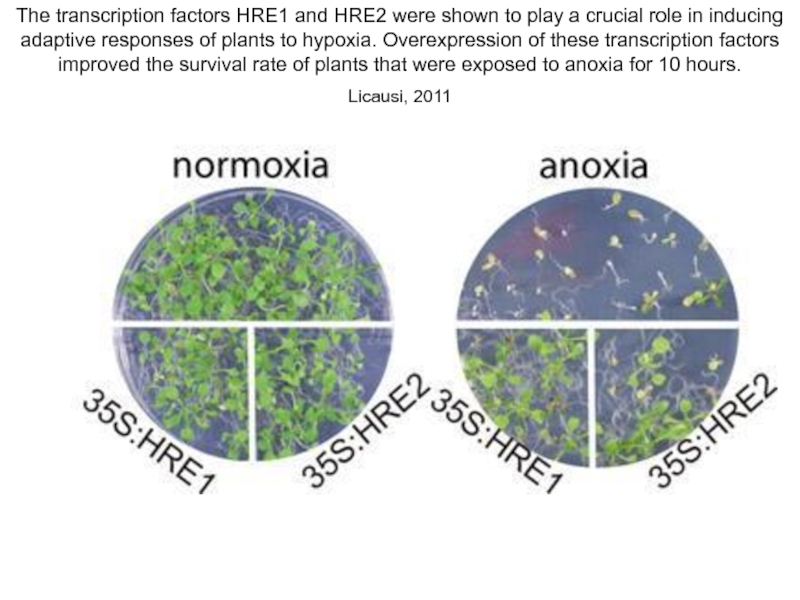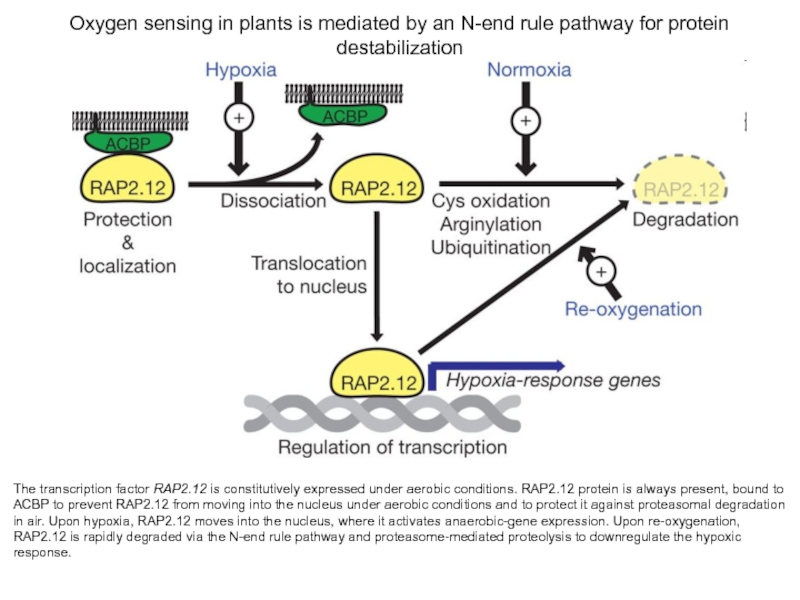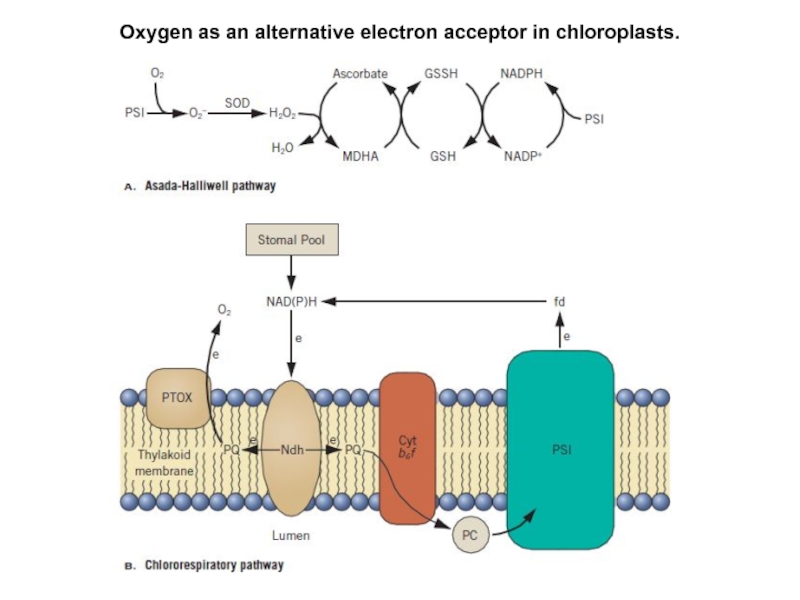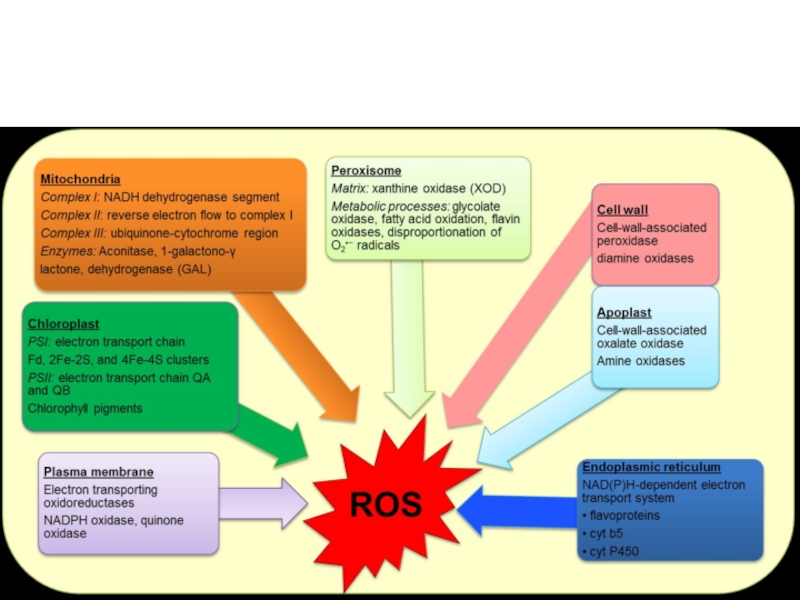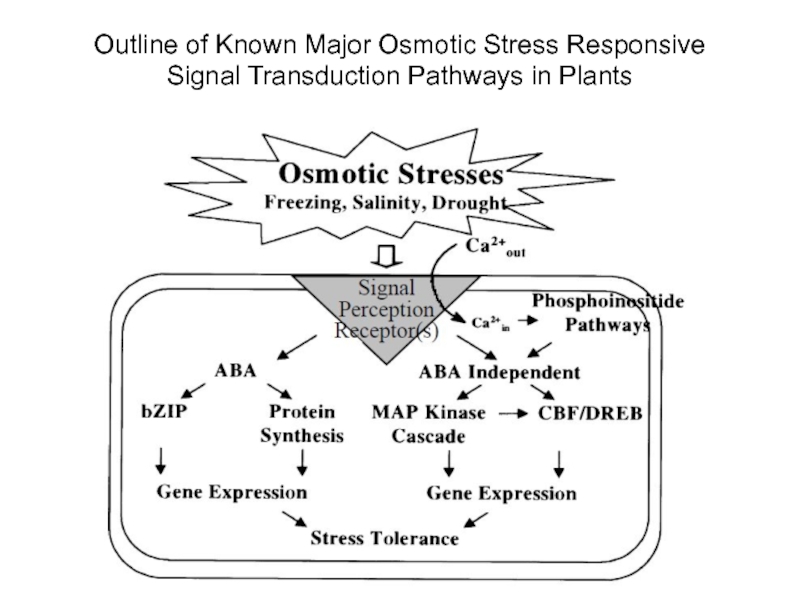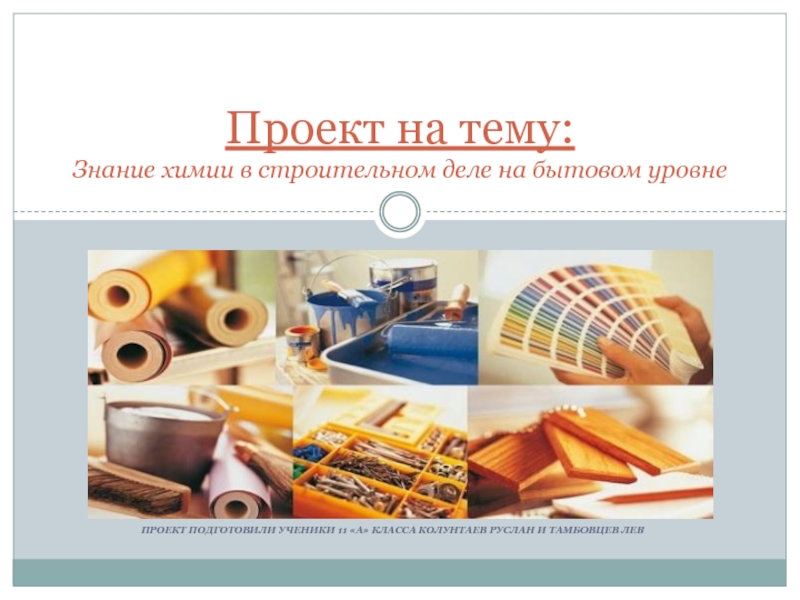- Главная
- Разное
- Дизайн
- Бизнес и предпринимательство
- Аналитика
- Образование
- Развлечения
- Красота и здоровье
- Финансы
- Государство
- Путешествия
- Спорт
- Недвижимость
- Армия
- Графика
- Культурология
- Еда и кулинария
- Лингвистика
- Английский язык
- Астрономия
- Алгебра
- Биология
- География
- Детские презентации
- Информатика
- История
- Литература
- Маркетинг
- Математика
- Медицина
- Менеджмент
- Музыка
- МХК
- Немецкий язык
- ОБЖ
- Обществознание
- Окружающий мир
- Педагогика
- Русский язык
- Технология
- Физика
- Философия
- Химия
- Шаблоны, картинки для презентаций
- Экология
- Экономика
- Юриспруденция
Бетаин (триметилглицин) презентация
Содержание
- 1. Бетаин (триметилглицин)
- 3. Бетаин (триметилглицин)
- 4. Conversion of solar energy into carbohydrates by a leaf.
- 5. Shown here are the percentages of light
- 6. Photoprotection by dissipation of excess light energy aided by xanthophyll cycle carotenoids
- 7. Xanthophyll cycle
- 9. Response of frosted orache (Atriplex sabulosa) and
- 10. Организация мембранных микродоменов (рафтов)
- 13. Heat shock factor (HSF) cycle
- 14. Heat stress Ca-mediated response
- 15. Low temperature scanning electron microscopy of contro
- 16. Low temperature scanning electron microscopy of control
- 19. Membrane transport proteins mediating sodium, potassium, and calcium transport during salinity stress
- 20. Roots of maize. Scanning electron micrographs (150×).
- 22. Metabolic pathways that are active during hypoxia in plants Narsai et al. 2011
- 23. The transcription factors HRE1 and HRE2 were
- 24. Oxygen sensing in plants is mediated by
- 25. Oxygen as an alternative electron acceptor in chloroplasts.
- 27. Outline of Known Major Osmotic Stress Responsive Signal Transduction Pathways in Plants
Слайд 1Кадаверин (1,5-пентандиамин)
Путресцин (1,5-пентандиамин)
Спермин
N,N'-бис(3-аминопропил)бутан-1,4-диамин
Спермидин
N,N'-бис(3-аминопропил)бутан-1,4-диамин
Слайд 5Shown here are the percentages of light absorbed, reflected, and transmitted,
Optical properties of a bean leaf.
Слайд 9Response of frosted orache (Atriplex sabulosa) and
Arizona honeysweet (Tidestromia oblongifolia) to
Photosynthesis (A) and respiration (B) were measured on attached leaves, and ion leakage (C) was measured in leaf slices
submerged in water.
(From Bjorkman et al. 1980.)
Слайд 15Low temperature scanning electron microscopy of contro (A) and freezing –
Youngpottedplantsweregrowninawarmgreenhouseandweretestedatthetwo-to-fourleafstage.
Theplantsweresprayedwithwaterandcooledat28Chÿ1toÿ208Cthenfreeze-®xedinmeltingfreon12.DTAshowedtheleavesfrozebetweenÿ2.08Candÿ3.08C.DetailsofthemicroscopicalmethodsareasinPearceandAshworth(1992).A,Controlsampleshowingturgidcellsandabsenceofextracellulariceinalltissues(e,epidermis;pm,palisademesophyll;sm,spongymesophyll).Notethatorganellepro®leswerevisiblewherethefractureplanehadcutthroughthecells(starsindicatecross-fracturedcellsinthespongymesophyll;arrowheadsindicateorganellesintwoexamplecells).Theepidermalcells(e)werealsocross-fractured.BandC,Samplefrozentoÿ208Cshowingextensiveextracellularice(i).CisanenlargementoftheareaboxedinB.Inthisexampleicerami®edextensivelythroughthegasspacesbutdidnotfullyoccludethem.Thewhitearrow(B)indicatesthecollapsedepidermis.Atlowmagni®cation(B)theiceappearedsuper®ciallysimilartoturgidcells.However,whenenlarged(C)thecross-fractureofthesestructuresshowedthemtocontainnoorganellepro®lesandinsteadthefracturedsurfacehadsteps(arrowheads)typicaloffracturedice.Thecellsweremostlyhiddenbytheice.However,intheareaenlargedinCacollapsedcell(star)waseasilyidenti®edbytheorganellesitcontained:thearrowindicatestheimpressonthecellwalloforganellesinacell.D,Samplefrozentoÿ208C.Icewasremovedfromthespecimenbysublimationinthemicroscope,thusrevealingthecollapsed,dehydratedcells.Themesophyllcells(pm,palisademesophyll;sm,spongymesophyll)andepidermis(whitearrows)werecollapsed.Theoutersurfaceofcellwallsshowedanimpressoftheorganelleswithinthecells(examplesindicatedbyarrowheads).Starsindicatewherethefractureplanehascutthroughthecells,againrevealingorganelles.Allgold-coated.2kV.Bars‹10mm(AandC)or100mm(BandD).
Слайд 16Low temperature scanning electron microscopy of control (A) and freezing –
Слайд 19Membrane transport proteins mediating sodium, potassium, and calcium transport during salinity
Слайд 20Roots of maize. Scanning electron micrographs (150×). (A) Control root, supplied
Слайд 23The transcription factors HRE1 and HRE2 were shown to play a
Licausi, 2011
Слайд 24Oxygen sensing in plants is mediated by an N-end rule pathway
The transcription factor RAP2.12 is constitutively expressed under aerobic conditions. RAP2.12 protein is always present, bound to ACBP to prevent RAP2.12 from moving into the nucleus under aerobic conditions and to protect it against proteasomal degradation in air. Upon hypoxia, RAP2.12 moves into the nucleus, where it activates anaerobic-gene expression. Upon re-oxygenation, RAP2.12 is rapidly degraded via the N-end rule pathway and proteasome-mediated proteolysis to downregulate the hypoxic response.
